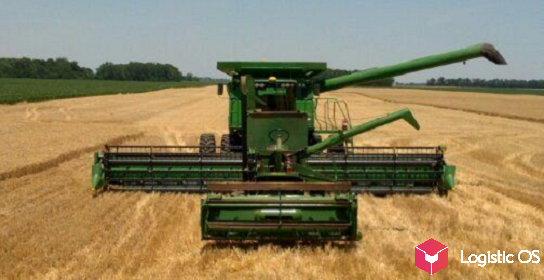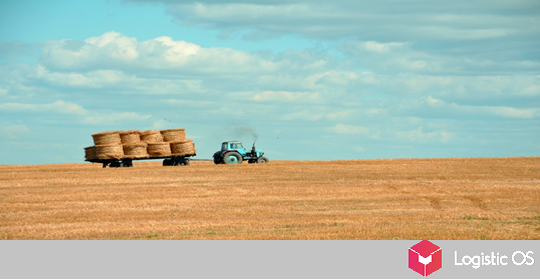The President of the Russian Federation has set ambitious plans to expand grain exports, but in order to fulfill them, logistics issues must first be addressed.
According to the decree of Vladimir Putin, by 2020 Russia should increase production in the agricultural sector by 25%, and expand the volume of exports even more — by 1.5 times. And experts believe that such plans are quite feasible.
The only thing is that 2017, when Russia harvested a record harvest of 135 million tons of grain, revealed “bottlenecks” that must be closed, experts say.
“Firstly, there was absolutely nowhere to store such volumes, and secondly, there was not enough capacity for export,” noted Deputy Prime Minister Dmitry Patrushev.
Nevertheless, according to him, plans to increase export volumes by 2030 are quite feasible if all logistics shortcomings are properly worked out.
At the same time, Patrushev noted, the extent to which logistics can be sorted out largely determines whether or not it will ultimately be possible to implement the presidential decree.
What are the main problems of logistics?
Most transport routes are not suitable for transporting grain in large quantities. For example, this applies to ports that simply cannot cope with the volume of work.
However, in recent years, little progress has been made in this direction.
In particular, in 2023, the Vysotsky terminal in the Baltic and the Trans-Baikal grain terminal in the Far East began operating. It is planned that work in this area will continue.
In addition, there are plans to increase export volumes by rail.
Recently, the load on it has increased significantly, and here the authorities are also trying to find some solutions.
“With joint efforts, we managed to ensure that monthly transportation even increased by one and a half to two times.
But often our colleagues from Russian Railways interacted with us manually and today continue to work to further increase the capacity of the infrastructure,” says Patrushev.
Currently, the railway infrastructure is actively developing: the fleet of wagons has increased by 40% over the past 5 years, and new loading and unloading points are being added.
It is also important that market participants purchase grain wagons, because they are very important for ensuring high volumes of grain transportation.
Finally, the creation of a domestic dry cargo fleet is the next step in order to fulfill the export goals, but this cannot be done without significant state support.

